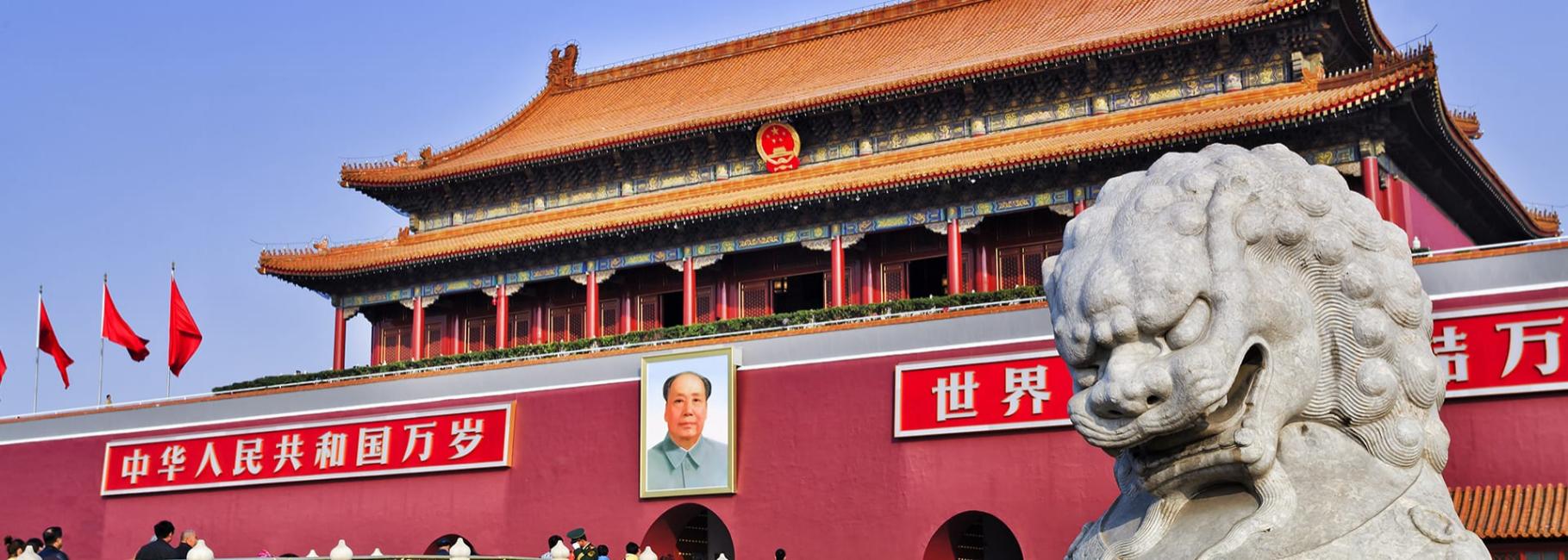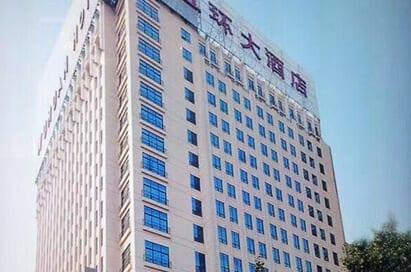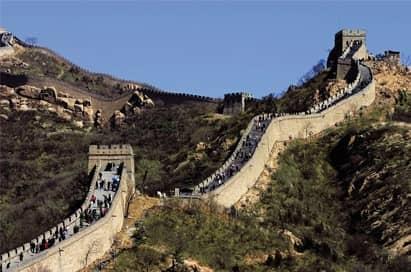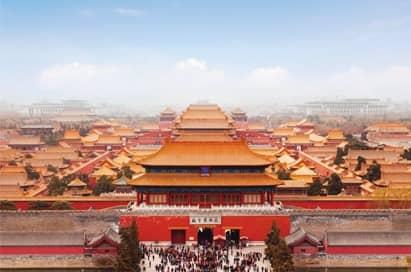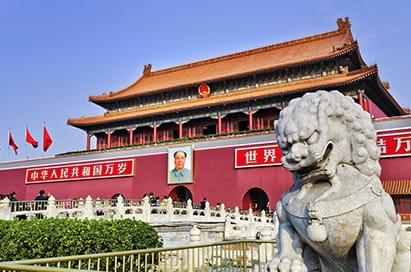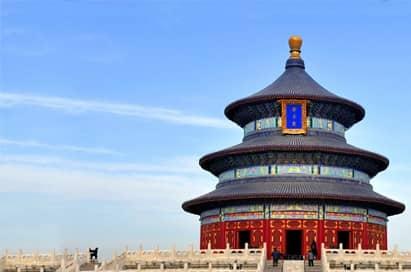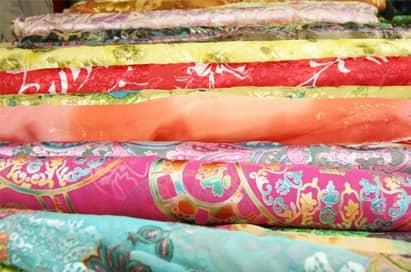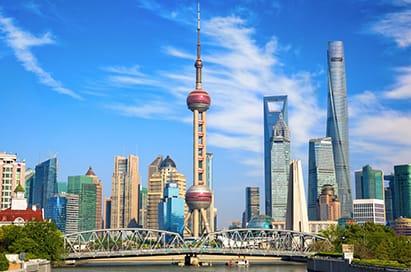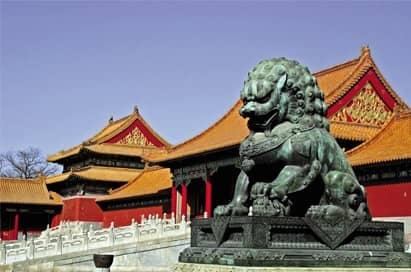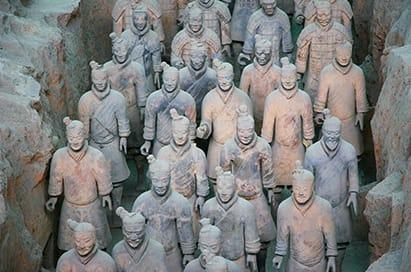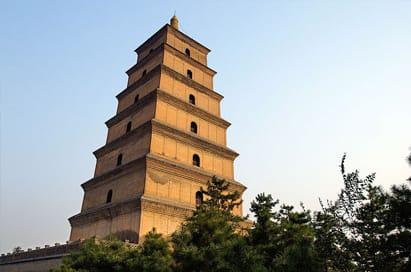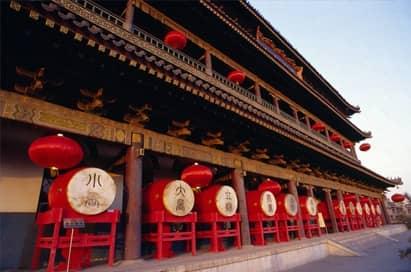Cultural & Enrichment Trips to China
Trips to China are rocketing in popularity as its global importance and influence grows. The third largest country in the world, it has scale, grandeur, history, culture and controversy; the perfect ingredients for a fascinating trip.
Capture your students’ imagination at the Forbidden City, the imperial palace from the Ming and Qing dynasties; visit Tiananmen Square, the site of so many important events in Chinese history, marvel at the ancient Terracotta warriors and of course take a walk along the Great Wall of China, one of the great wonders of the world. From the ancient to the modern, whatever your discipline there is so much to pack into your itinerary that is sure to challenge and inspire your students in this unique and awesome country.
Prices start from£1365pp
Price Shown includes
- Return air travel
- 4 nights full-board accommodation including visits in Shanghai or Beijing
- Specialist group travel insurance
- Bespoke itinerary planning service
- Free place ratios
- Locate My Trip - live trip tracking app
- Online trip organiser & travel app
- 24/7 support whilst you are away
Places to Stay
China destinations
Reasons to Visit
We Make Trip Planning Easy
- Day to day support and advice from our team of travel experts
- Easy-to-view online tour quotation
- Market-leading trip organiser portal, My Tour Manager
- Free resources and templates to help launch your trip
- Email reminders to keep you on track
- Free and completely personalised EST travel app to access your information on the go
- Locate My Trip app designed to provide reassurance to parents and teachers
- Risk Assessment advice so you can make an informed decision on every tour component
- Teacher inspection visits
What you say
I have already discussed plans for next year! I have been really happy with the level of service and would like to use you again.
Solihull Music Centre

